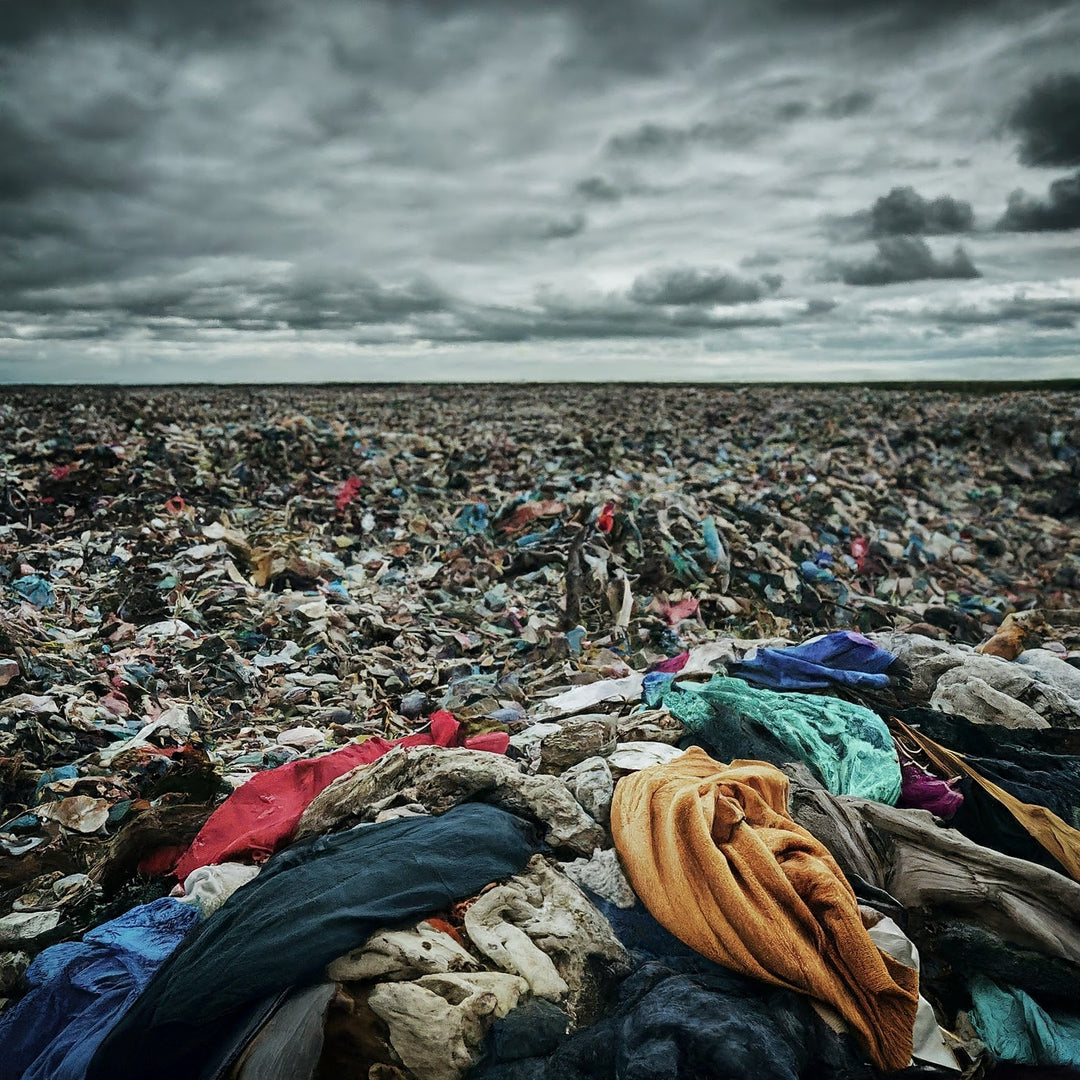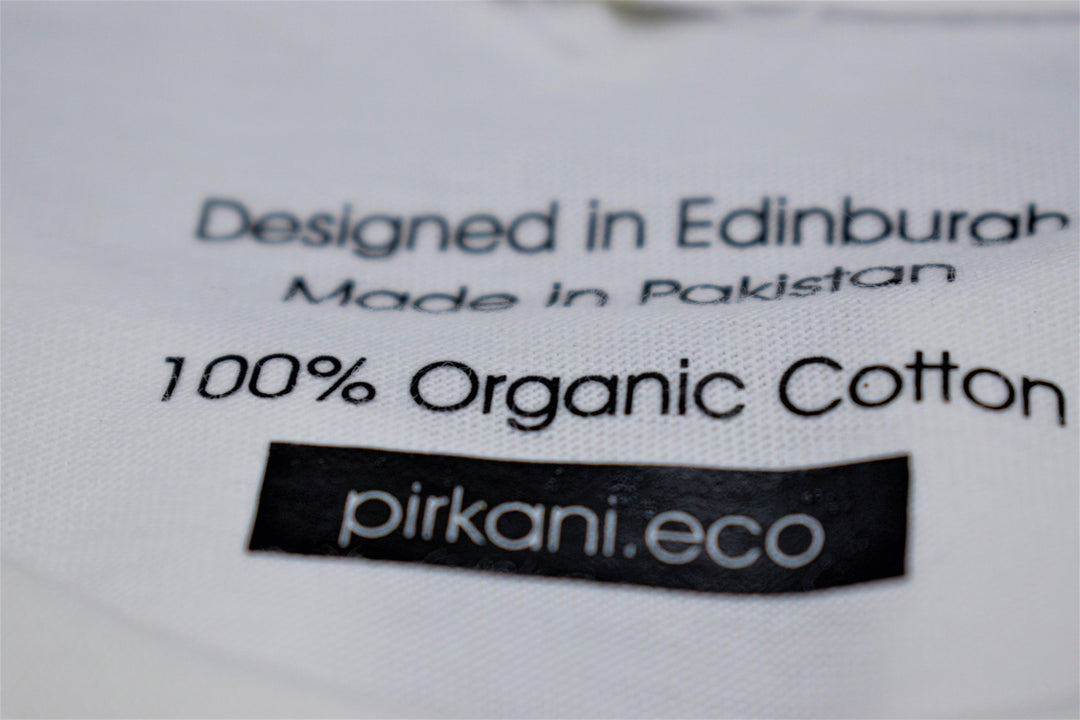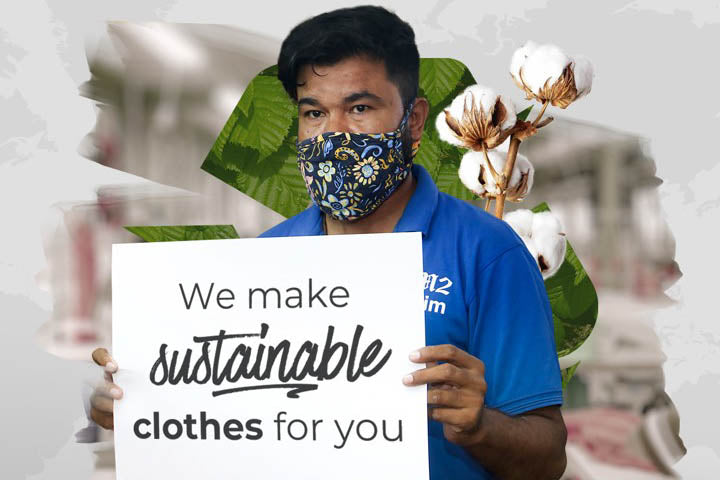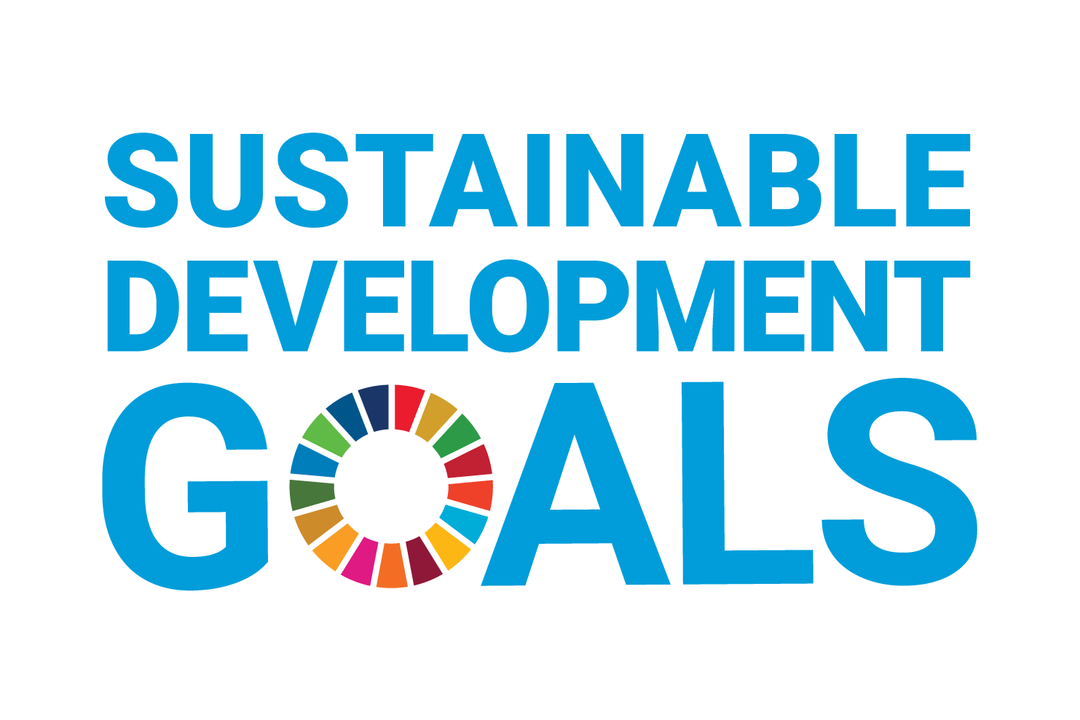Journal

The more clothing we wear, the more it ends up being thrown away. Fast fashion has drastically increased the amount of clothing we buy and wear – and how quickly it ends up in a landfill. We increasingly perceive garments as a disposable resource, one we can throw away and replace whenever we want.
Although the financial cost of a frequent disposal of clothing has gotten much more manageable; the environmental toll of this disposal is only increasing.
Currently, 85% of all rejected clothing ends up in a landfill or being incinerated. Only a small fraction is recycled, repurposed, or repurchased.

Did you know what we choose to wear impacts the environment, the fragile ecosystem, and life on the planet?
The fashion industry now contributes more carbon to the ecosystem than aviation and shipping combined. If you are looking to upgrade your wardrobe this year, why not consider going green with sustainable and ethically sourced fashion options? Here are some factors to consider when choosing a conscious clothing option.

Humans do not have a crystal ball and thus predicting future isn’t easy. However, given our unsustainable practices and with scientific calculations, we can predict with much certainty that deadly consequences for our planet are just on the corner.
We’re looking at a few of the unsustainable aspects of our lives and the cost that they’re having on our planet. With the help of IPPC’s latest report, we’re also taking a look at where our world could be in 30 years and how we can change that outlook.

We at Pirkani® have risen to the challenge of tackling climate change due to fashion by starting up as a 100% eco-friendly apparel entity in the same industry – and aim to have a negative carbon footprint by 2023 – within two years of our founding. We are environmentally conscious in our supply chain and vehemently advocate conscious consumption to positively impact various ecosystem on our Earth and make it safe for the inhabitants, especially future generations. While in sync with global standards of fair-trade and organic trade, we equally comply with and incorporate sustainable ways throughout our supply chain, ranging from sourcing to production to recycling and disposal. This enables everyone working with us to complement each other's efforts for a circular economy.



